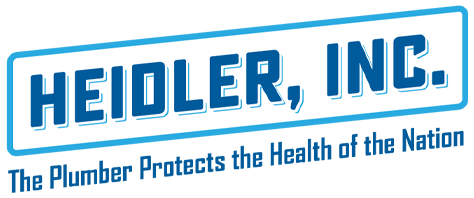
What causes sewer line problems?
Clogs are often to blame for sewer line issues. Some of the most common items that cause clogs include grease, large food items, and other materials that are difficult to dissolve. These items need to be disposed of properly, not in your sink or toilet drain.
Tree roots can also pose problems for your sewer lines as they grow into the pipes in search of water; this problem is common in older homes. Tree roots can clog and even crush your pipes if not removed in time.
Other causes of sewer line problems include shifting ground due to construction projects or severe weather.
What are some signs your sewer line needs repair?
Have you noticed anything unusual lately regarding your sewer lines? Pay attention to signs of trouble to avoid surprise sewage backup in your yard as you are heading off to work. Sewage leaking onto your property can cause considerable damage to your home and create health risks.
The most common signs a sewer line needs repair:
- Slow drains
- Sewage leaking onto your yard
- Sewer water backing up from your sink, toilet, or shower
- Toilets constantly overflowing or failing to flush
These problems are often caused by blockages in your sewer line due to debris buildup, tree roots, and pipe corrosion.
Which methods do we employ for repairs?
We use two different methods when repairing sewer lines:
- Open cutting: This method involves trench work performed around the affected area. The pipe is repaired or replaced, depending on the extent of the problem. After the pipe has been repaired, we will refill the trench and your improved sewer line will be ready for use.
- Trenchless missile: We will excavate small sections to insert and retrieve the missile and install new sewer piping. Once we refill those small sections, your new pipe will be in proper working order.
What are easy sewer maintenance tips?
- Pouring a quarter cup of baking soda and a half cup of vinegar down your drains, followed by boiling water, can help your sewer and drain lines stay clean. This process is recommended at least once a week to maximize your results.
- You will also want to consider cleaning hair, film, dirt, and other stray debris from your bathtub or shower drains at least once a month. After cleaning the tub drain, fill the tub with water and then unplug the drain. The water flowing down the drain will help clear any loose particles.
- Annual inspections and regular maintenance are the most effective ways to ensure long-term sewer line health.
